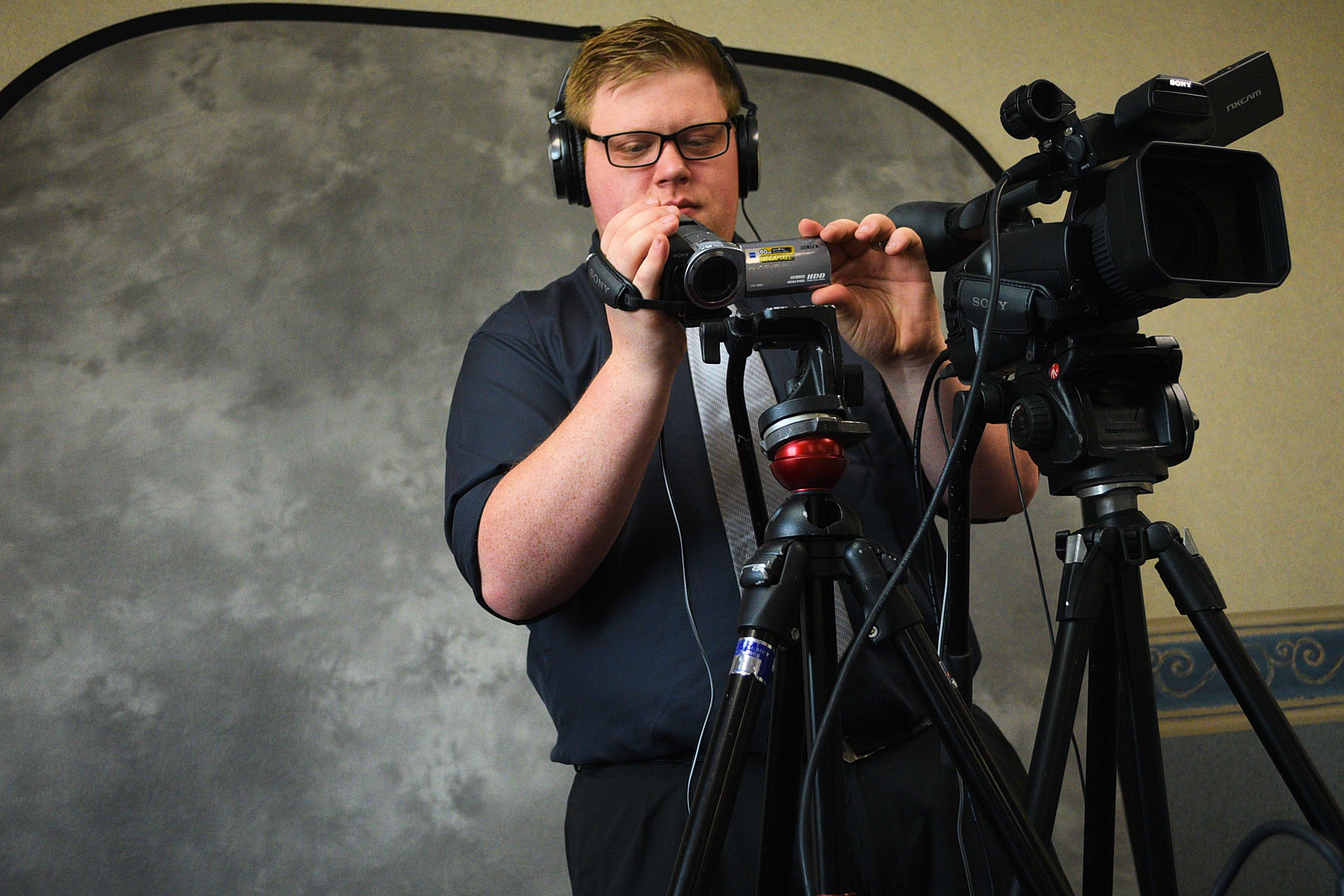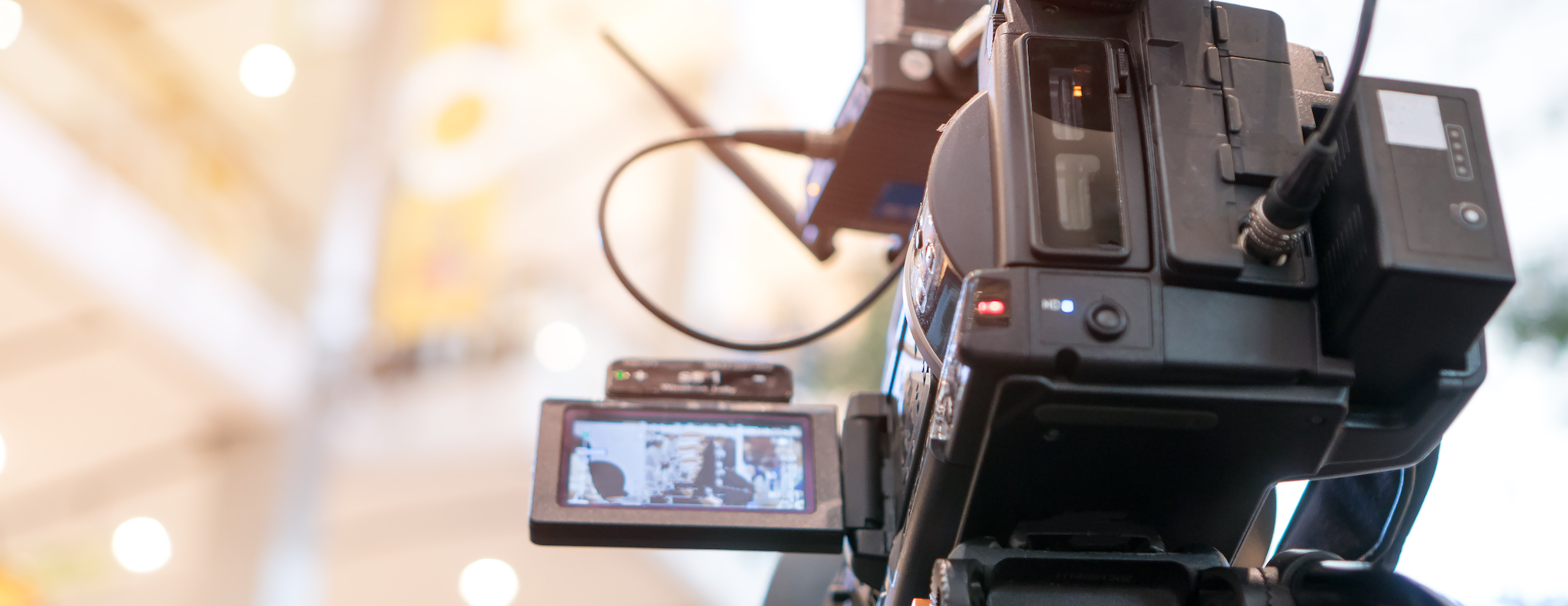Legal Videography: Transforming the Means Proof is Recorded and Offered
Looking Into the Devices of Legal Videography: Unveiling Its Operation in Safeguarding Authentic Aesthetic Testimony for Judicial Proceedings
In the realm of judicial procedures, the duty of legal videography stands as a keystone in maintaining and offering visual evidence. As innovation remains to advance, the devices behind lawful videography have actually become increasingly complex, supplying an important layer of credibility to testaments recorded on video clip. By delving right into the functional details of lawful videography, one can discover the precise processes that secure the stability of visual proof presented in court rooms - Legal Videography. This expedition not just clarifies the historic evolution of lawful videography but likewise means the future patterns that may better reinvent how visual testimonies are upheld in the realm of justice.
Historic Evolution of Legal Videography
Examining the historic development of legal videography reveals a substantial change in the capturing and presentation of aesthetic evidence within the lawful landscape. In the past, legal proceedings heavily depended on composed records and pictures to document events and give proof. With the advent of video technology, the lawful market observed a standard change in just how aesthetic testament was recorded and offered.
The evolution of legal videography can be mapped back to the late 20th century when developments in video recording equipment made it much more easily accessible for usage in courts. This technological innovation not just enhanced the accuracy and integrity of visual evidence but also transformed the method cases existed to judges and juries (Legal Videography). Lawyers began to acknowledge the persuasive power of video recordings in sharing feelings, nuances, and non-verbal hints that written transcripts or pictures alone could not capture effectively

Innovation Improvements in Video Clip Documentation
What essential technological developments have transformed video documents in the lawful area? The legal field has actually seen substantial developments in video paperwork modern technology that have boosted the credibility and dependability of visual evidence in judicial proceedings. Among the key innovations is high-def (HD) video clip recording abilities, which provide crystal-clear photos and sharp information that are vital for precisely capturing testaments, face expressions, and other aesthetic hints. Additionally, the assimilation of timestamping and metadata functions in video documents tools has actually allowed precise documents of when and where the video was recorded, making certain the stability of the evidence provided in court.
Additionally, advancements in video security and watermarking technologies have strengthened the safety and security and tamper-proof nature of video clip proof, protecting it versus unapproved alterations or tampering. In addition, the advent of cloud storage services and remote gain access to abilities has streamlined the storage, access, and sharing of video clip proof, helping with seamless cooperation among attorneys and making certain efficient access to vital aesthetic testaments when required. These technical innovations in video clip documents have actually undoubtedly revolutionized the legal area, boosting the precision, credibility, and admissibility of aesthetic proof in judicial procedures.
Function of Legal Videographers in Courtroom Settings
The advancement of video paperwork innovation in the legal area has necessitated a crucial duty for legal videographers in courtroom setups, guaranteeing the integrity and integrity of visual testaments provided during judicial process. Legal videographers play a basic function in recording and protecting accurate aesthetic evidence that can be pivotal in litigation. Their responsibility encompasses establishing tools, taping proceedings, and creating top quality video clips that accurately reflect the events in the court room.
Furthermore, lawful videographers usually function very closely with legal teams to ensure that the video evidence aligns with the situation's demands and can be successfully offered in court to sustain the legal arguments being made. Overall, the role of legal videographers in court room settings is important in promoting the principles of justice and guaranteeing the transparency of legal proceedings. Legal Videography.

Ensuring Admissibility and Integrity of Video Clip Proof
To maintain the reputation of visual evidence provided in lawful process, guaranteeing the admissibility and stability of video clip proof is a crucial obligation for lawful videographers. Admissibility describes the approval of proof by the court, and for video evidence to be admissible, it needs to fulfill particular criteria. Legal videographers play an important function in making certain that the video my blog clips they record follow the guidelines of evidence, such as reliability, credibility, and importance.
Honesty of video clip proof entails preserving the creativity and accuracy of the footage from the time it is recorded till it is offered in court. This consists of firmly keeping the video files, documenting the chain of guardianship, and preventing any meddling or changes. Legal videographers must comply with stringent procedures to guarantee the integrity of the video clip proof and avoid any obstacles to its credibility.
Future Trends in Legal Videography
Provided the enhancing reliance on modern technology in advice lawful procedures, lawful videographers are positioned to accept innovative innovations forming the future of visual testament capture and discussion. One of the prominent fads imminent is the integration of digital reality (VIRTUAL REALITY) and increased reality (AR) modern technologies into lawful videography. These innovations have the potential to change exactly how aesthetic evidence exists in courts, allowing discretionary to immerse themselves in the scene of the criminal activity or occurrence.
Furthermore, the usage of synthetic knowledge (AI) algorithms for video evaluation is expected to simplify the process of examining and analyzing big quantities of video footage. AI can aid in identifying crucial minutes, anomalies, and patterns within video clips, enhancing the effectiveness of lawful examinations.
Conclusion
In verdict, legal videography has actually played a vital role in supplying authentic aesthetic proof for judicial procedures. Via technological innovations and the know-how of legal videographers, the stability and admissibility of video clip evidence are made sure in courtroom settings. As lawful videography proceeds to develop, it will certainly be important to promote standards that preserve the precision and reliability of visual statement for the future of lawful proceedings.
Taking a look at the historic development of legal videography exposes a substantial change in the catching and discussion of aesthetic evidence within the legal landscape.The development of video clip documents technology in the legal field has actually demanded a crucial role for legal videographers in court room setups, go to my blog ensuring the integrity and reliability of visual statements provided throughout judicial process. In addition, lawful videographers often work closely with legal teams to guarantee that the video evidence aligns with the case's demands and can be successfully offered in court to support the legal disagreements being made.To maintain the trustworthiness of aesthetic evidence presented in lawful proceedings, ensuring the admissibility and integrity of video proof is a critical responsibility for lawful videographers. As lawful videography proceeds to progress, it will be necessary to maintain requirements that preserve the accuracy and reliability of aesthetic testament for the future of lawful procedures.